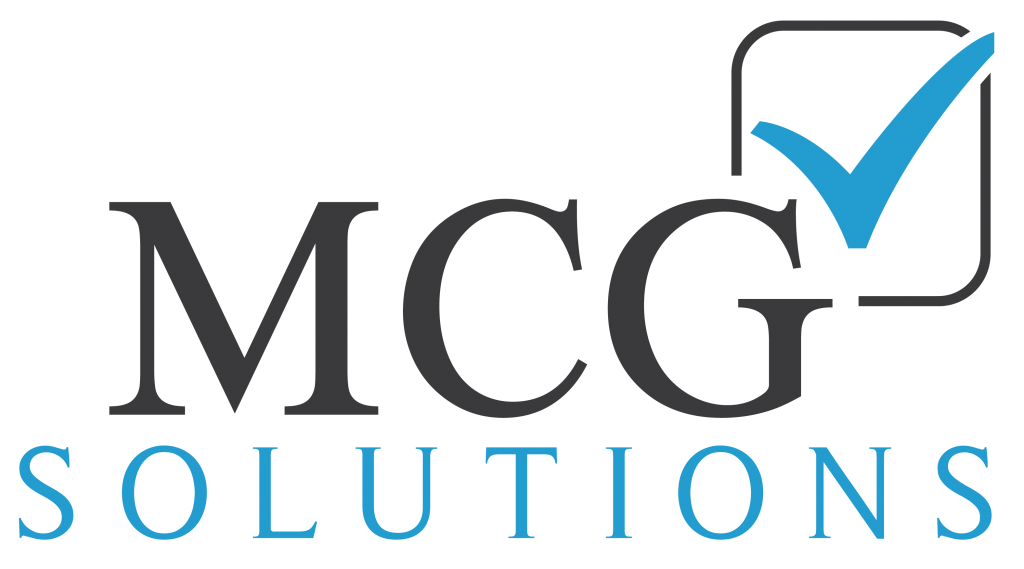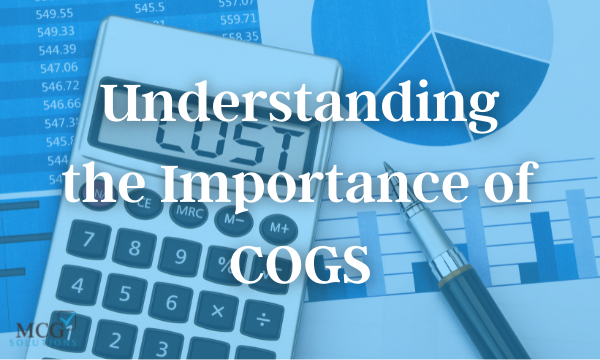When you run a small business, understanding what the cost of goods sold (COGS) is and why it’s important will help you keep track of your company’s profitability. Typically, COGS includes the cost of production, inventory, labor and/or raw materials. It does not include indirect costs, like marketing, advertising and distribution.
Knowing the exact COGS for a particular item ensures that you know exactly what it costs to provide it. Then you can set prices and calculate your gross revenue and profit margins.
If you’re new to bookkeeping, it’s easy to overlook the importance of COGS. Here’s a quick guide to help you get started.
Calculating COGS
Your COGS is subtracted from your gross revenue during a specific period. The end result is your gross profit, or how much money you’ve made from selling an item or service. As a simple example, if you’re selling apparel, the COGS would be how much you sold each piece for, minus how much it cost to originally purchase the item. A dress sold for $100 (revenue) might cost $35 to buy wholesale. Therefore, the COGS is $35 while your net profit on that item is $65.
Of course, that gets more complicated if you’re selling goods that involve labor and supplies—manufacturers typically include both parts and labor in their COGS calculation.
COGS only applies to products and services that are actually sold during that period. Unsold inventory and unused raw materials are never considered in a COGS evaluation. Finally, purely service companies should use “cost of services” instead.
Using COGS to measure your business’s health
Calculating COGS helps you understand how profitable your business is at any given time. The higher your COGS, the lower your net income. Business owners typically try to keep the COGS as low as possible, so net profits will be higher.
You can track your COGS over time: for instance, in the apparel example above, imagine the cost of the dress goes up to $45 per item, but you’re still charging $100. Your profit would go from 65 to 55 percent. If the trend continues and your gross profit margin decreases, that might be a sign to increase the retail price to maximize profits.
In short, understanding how the COGS affects your profit margin ensures that you’re not spending more on inventory and labor than you are making in revenue.
COGS can also make a big difference in your tax bill. It behooves business owners to keep detailed records of all parts and labor involved in selling your products. Calculating the COGS will lower your taxable income, and therefore decrease your company’s tax liability.
Get help from seasoned bookkeeping professionals
While the team at MCG Solutions can help you keep records and gauge your company’s financial health, it’s important that you understand the importance of COGS. Knowing what goes into a COGS analysis ensures that your detailed records have all the information your bookkeeper needs.
When you need experienced bookkeeping help, MCG Solutions is ready to assist. Call us today to learn more about our services and ask any COGS questions you may have—we look forward to working with you!

